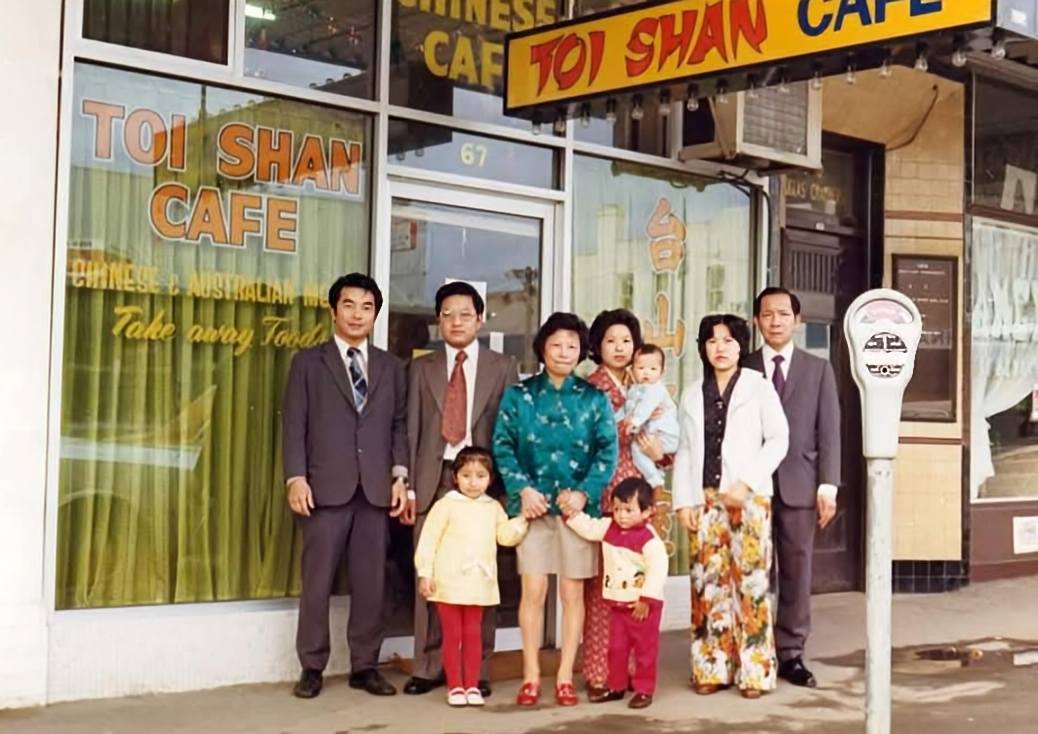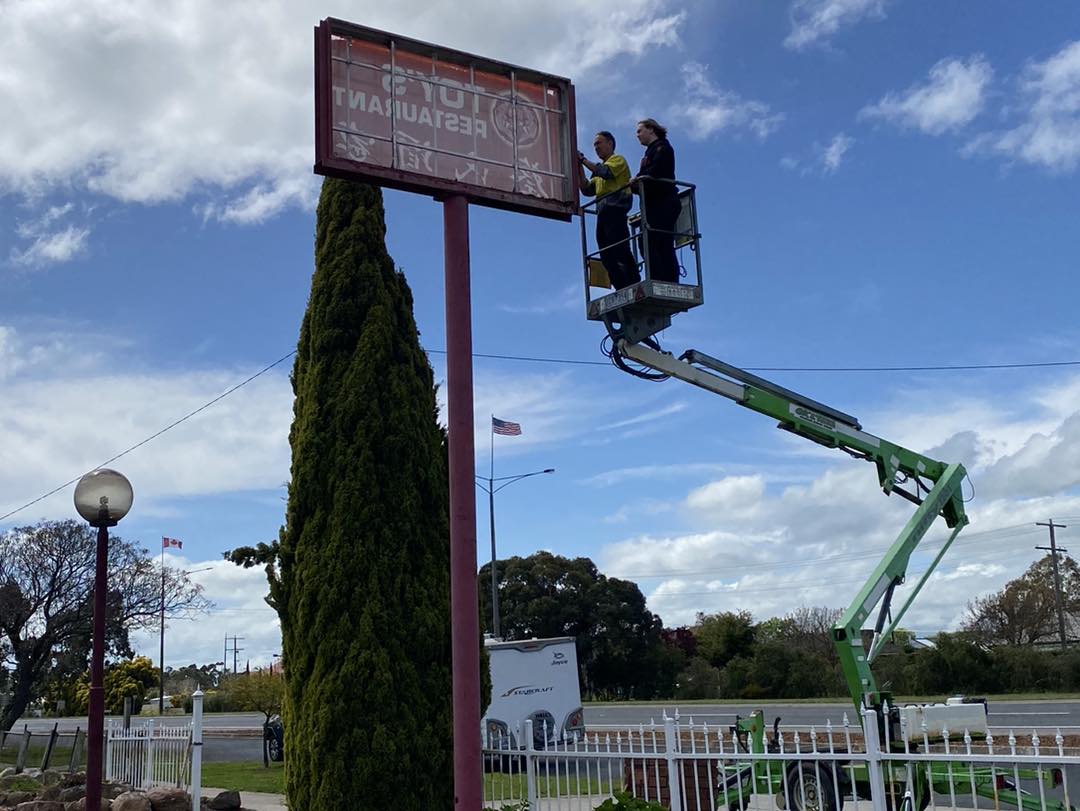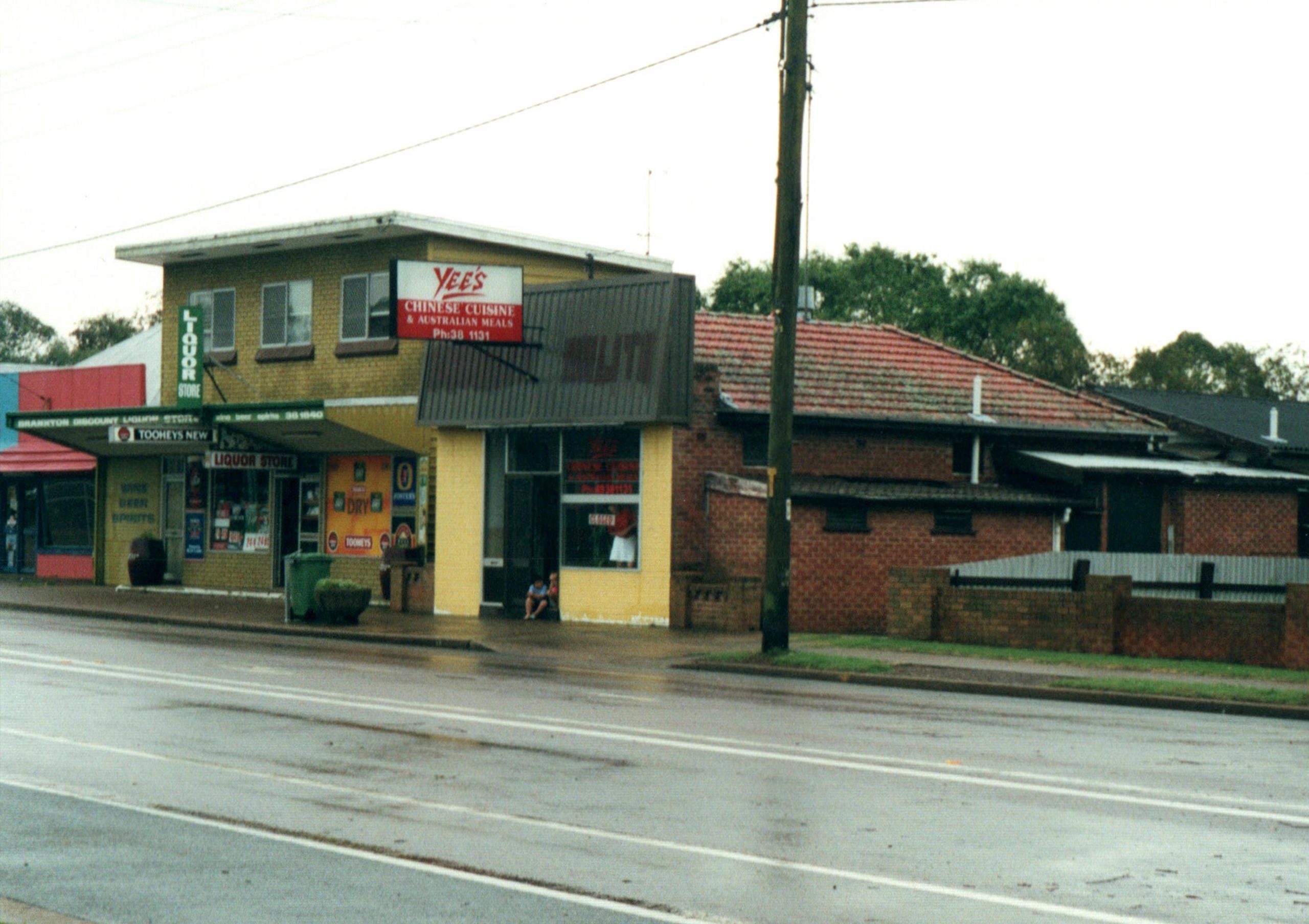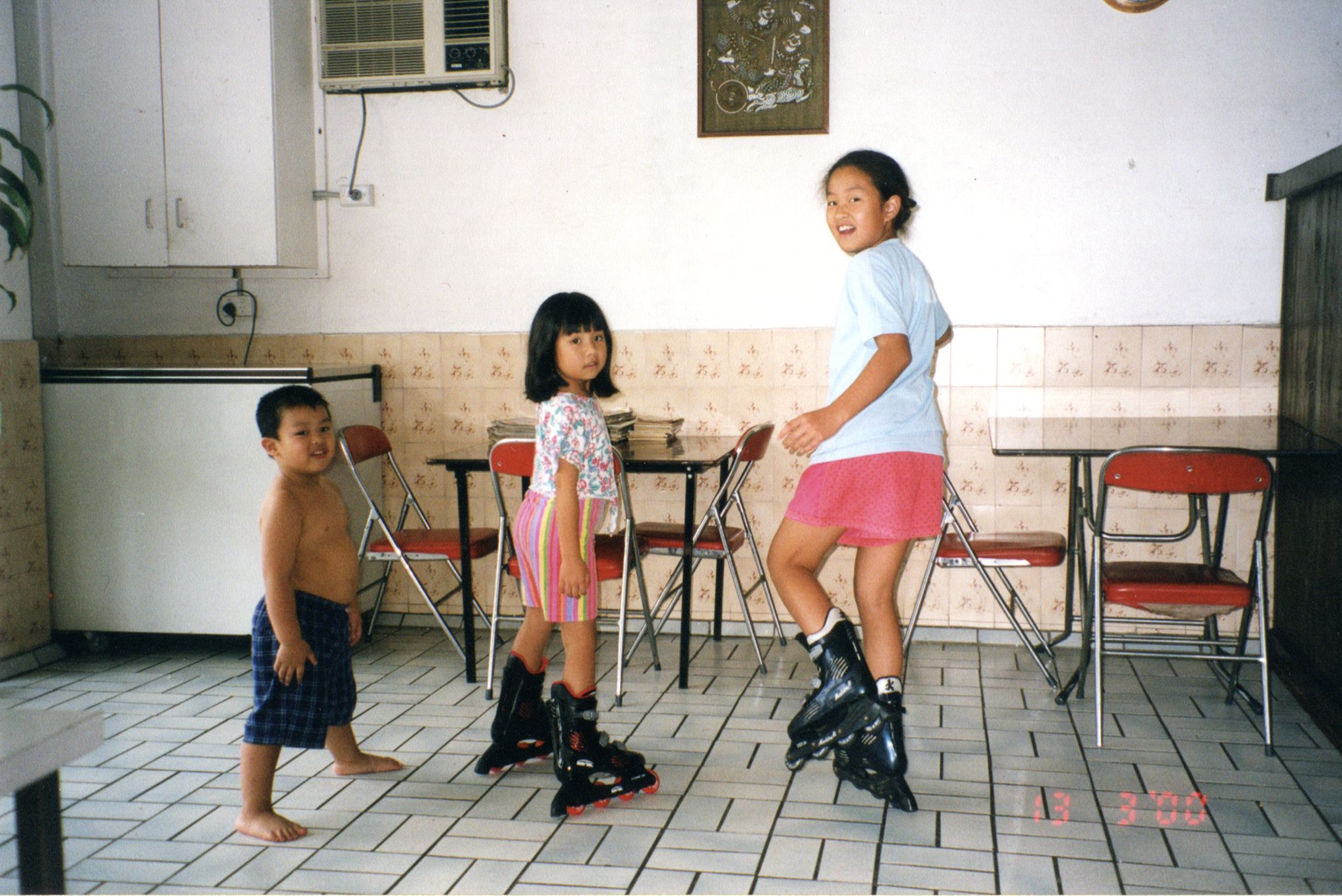70 years of sizzling beef: Last orders at Australia’s oldest Chinese restaurant

After more than 70 years of serving the local community, Bendigo institution Toi Shan has taken its final orders of honey chicken and Mongolian beef, closing its doors for good on 30 July.
Owners Sue Wong and her husband Peter Chee, both in their 70s, have been running the restaurant since 2003, but were unable to find anyone to take over the business.
“It’s a hard job with long hours. Staff are hard to find, and you don’t make enough money to pay them anyway, so you work until midnight,” Mr Chee told The Age.
Toi Shan is believed to be the oldest Chinese restaurant in the country.

Bendigo’s Toi Shan restaurant closed permanently on 30 July 2025. Picture: realcommercial.com.au
As outlined by australianfoodtimeline.com.au, its origins date as far back as 1892 when it began life as a Chinese cookshop called On Loong, first located in Bendigo’s Bridge Street.
In 1942, the restaurant moved to its current location on Mitchell Street. Six years later, Allan Chan took over On Loong and renamed it Toi Shan after the southern Chinese city where he was born. The Chan family then sold the business to Sue Wong’s family in 2003.

The Chan family (pictured, 1970s) took over the restaurant and named it the Toi Shan Cafe in the late 1940s, before it was sold to Sue Wong’s family in 2003. Picture: Facebook/Retro Chinese Restaurants
Now, after two decades of serving the Bendigo community, Sue and Peter have hung up their aprons for the last time.
President of the Bendigo Chinese Association, Doug Lougoon, who has loved Toi Shan since he was a young boy, said the restaurant has been booked out for the last two weeks.
“I think Aunty Sue and Uncle Peter were hoping to have a pretty quiet finale, but so many people have wanted to enjoy their food one last time before it closes forever,” he told realcommercial.com.au.
Mr Lougoon said it was sad for Bendigo to lose such a beloved local institution.
“Toi Shan has been the go-to for many birthday celebrations over the decades and everyone has so many fond memories. Sue and Peter have always been great supporters of our association, so we held a surprise Lion Dance ceremony outside the restaurant on Sunday night as a final blessing. It was a great send off.”
View this post on Instagram
Sue and Peter had hoped to retire years ago, however their three sons hadn’t considered taking over the restaurant.
“They have good jobs in Malaysia, no one wants to do the kitchen,” Ms Wong said.
End of an era?
The disappearance of the Cantonese-style Chinese restaurant, which grew in popularity during the 1950s, has sadly become a regular occurrence in regional Australia.
In the last few years alone, old school Chinese restaurants in Lithgow, Wangaratta, Ingham and Maitland have closed their doors for good.
Toy’s Garden Restaurant, which shuttered in 2022, is a recent loss for the regional Victorian community of Horsham.
“It had been operating for almost 50 years but the owners couldn’t find a buyer. Their daughter, who is in her thirties, had the opportunity to learn skills outside of the restaurant trade and decided to pursue her own career,” Jennifer Wong, co-author of Chopsticks or Fork? told realcommercial.com.au.

Toy’s Restaurant closure in 2022. Picture: Supplied
“There are so many examples of kids who grew up in Chinese restaurants helping their parents roll the spring rolls, peel the prawns and chop the veggies, but all that labour comes at a cost. The mums and dads of these restaurants say the younger generation don’t want to work in this fashion, they don’t want to do the crazy hours, particularly when many that have gone to university and pursued other careers. So it’s perfectly reasonable why a lot of these places can’t keep going.”
Steffie Yee, whose family has run Yee’s Chinese Cuisine in the small NSW town of Branxton for decades, said she and her siblings were unlikely to take over the business from their parents.
“At least not at this point in time,” she said, “but that could change later on.”

Yee’s Chinese Cuisine the only Chinese restaurant remaining in Branxton. Picture: Supplied
Among her many friends whose families ran eateries in the Hunter region, Yee’s Chinese Cuisine is one of the few that continues to operate in the area and the only Chinese restaurant remaining in Branxton.
Ms Yee believes in the next decade or two, Aussie-Chinese restaurants are at risk of disappearing from regional towns altogether.
“The skill of cooking with a wok and actually knowing how to cook that style of Cantonese food is becoming quite rare to find because it’s the cuisine of a certain era,” she explained.
“You don’t go to culinary school to learn to cook like that, it’s something that is passed down. And so that’s something being lost with many Chinese restaurants closing down.”

Steffie Yee has fond memories rollerblading on the tiles through the restaurant as a child. Picture: Supplied
Ms Yee has fond memories of playing in her parents’ takeaway restaurant as a kid, many of these documented in her multimedia exhibition, Chinese Restaurant Playground, currently running in Maitland until 25 August.
“This is something that we don’t hear about much. We hear a lot about the kids helping out and the stress of running a restaurant, but we had a lot of fun too. My siblings and I would rollerblade around the restaurant or play bowling in the foyer with a tennis ball and empty bottles,” Ms Yee recalled.
“I’m not sure what the future holds for my parents’ restaurant, but it seems like a lot of these Aussie-Chinese restaurants are disappearing.”
Evolution of regional towns
Despite the hospitality industry facing tough economic conditions across the board, Jennifer Wong highlighted competition as another factor contributing to the struggle of Chinese restaurants, particularly with regional Australia having become increasingly multicultural in the last 30 years.
“In a lot of these places the local Chinese restaurant is no longer the only place in town. There are so many regional areas in Australia that have different mixes of people coming from different parts of the world. And if you live in one of these towns, the likelihood is you’re now choosing between Thai food, Indian food, or even Tibetan food,” she explained.
“To bring it back to Toi Shan, it’s a Malaysian Chinese restaurant that has been serving Thai food for many years as a way to broaden their offering in order to survive as a business.”

Jennifer Wong (left) is the co-author of ‘Chopsticks or Fork?’, a collection of stories and recipes from Chinese restaurants in regional Australia. Picture: Supplied
While the closure of Toi Shan is a significant loss for the Bendigo community, Ms Wong pointed to House of Khong as a popular Chinese restaurant in town preserving the Cantonese culinary legacy.
“It’s a multi-generational restaurant that’s been running since 1987. The Dad doesn’t work in the kitchen anymore, but the mum, son and I think granddaughter still all work together in the business,” she said.
Ms Wong also highlighted Kingsland Chinese Restaurant in Boronia as another example of a regional Chinese restaurant bucking the trend by keeping the business in the family.
“The owners’ kids, who worked in the restaurant when they were young, are now taking over the restaurant as adults, but they want to do things differently from their parents and have a life outside the restaurant. They don’t want the same grind,” she explained.
“People often feel nostalgic and sad by the closure of these restaurants, because it means we’re losing an important part of our history and the cultural fabric of Australia. And that’s totally true, but we should remember the reason a lot of these places were able to survive for so long was at a great personal cost to the owners.”







